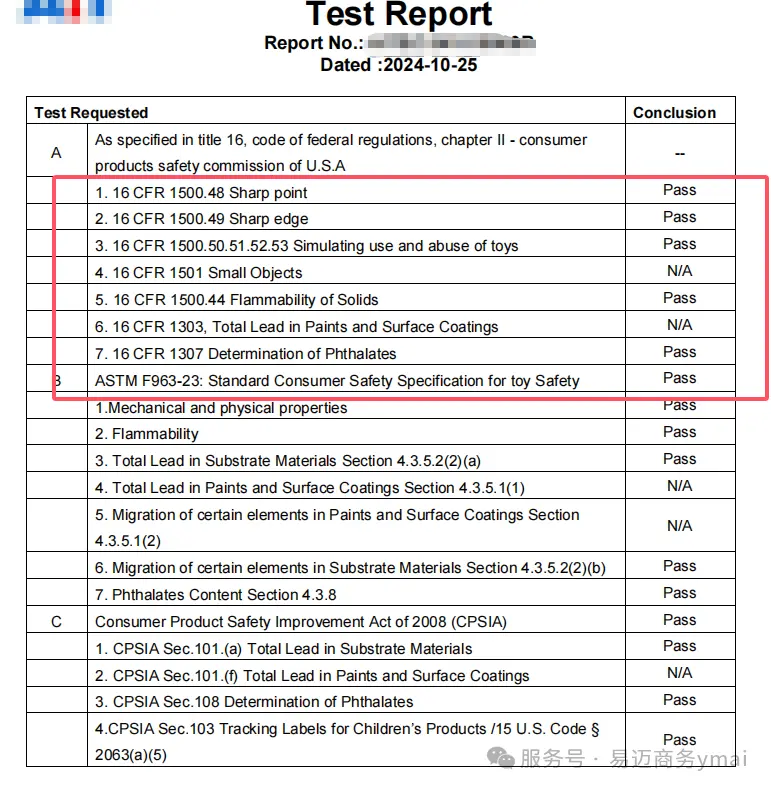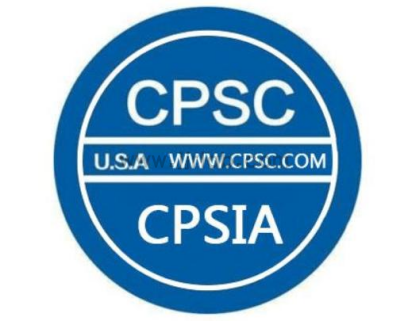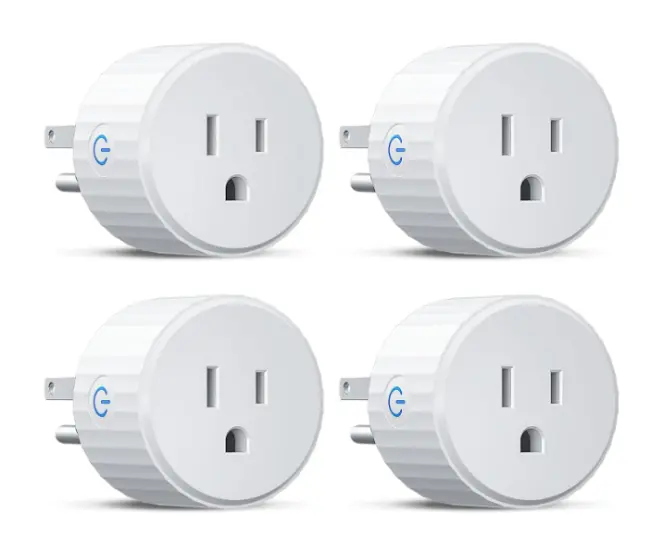
CPSIA Compliance for Children's Products
In the United States, children's products are defined as consumer goods primarily designed or intended for children 12 years of age or younger. The government agency responsible for promoting consumer product safety is the Consumer Product Safety Commission (CPSC). The CPSC oversees and enforces a set of regulations known as the Children's Product Safety Rules.
A Children's Product Certificate (CPC) must be based on test results from a CPSC-recognized third-party laboratory. These third-party testing laboratories provide testing services and results to manufacturers, importers, or private labelers, demonstrating that their children's products comply with all applicable children's product safety rules. When generating the certificate, there is no need to follow a specific template or format, as long as it includes the 7 necessary elements and is accurate.
A Children's Product Certificate (CPC) is a document that outlines important information about a product to demonstrate compliance with federal safety standards. Generally, this ensures that the product does not pose any harm to children. The testing must be performed by a CPSC-recognized laboratory and in English. The components of the CPC must include all the following elements (7 elements):
1. Product Identification - The product must be defined in sufficient detail to match every item it covers. In the CPC document, the ASIN takes priority over all other product identifiers, including SKU, UPC, or product name.

2. Citation of Each CPSC Children's Product Safety Rule - Not all CPCs are the same, as children's products come in many types and categories, each with its own set of rules that must be addressed in the certification. Before selling on Amazon, it is important to understand which specific requirements must be covered during the CPC testing process.
3. Importer or Domestic Manufacturer Identification - Each CPC test must include the name, mailing address, and telephone number of the importer or manufacturer.
4. Contact Information of the Person Maintaining Compliance Records - Each CPC test must include the name, mailing address, and telephone number of the person responsible for maintaining compliance records.
5. Production Date and Location - The date must include at least the month and year. The location must include at least the city, state, and country where the product was manufactured or finally assembled.
6. Product Testing Date and Location - Similar to the manufacturing date, the testing date must include at least the month and year. The location must include at least the city, state, and country where the product was tested.
7. Identification of the Third-Party, CPSC-Recognized Laboratory the Certificate Relies On - The CPC must provide the laboratory’s name, mailing address, and telephone number. Small batch manufacturers who are registered with the CPSC do not need to conduct third-party testing on their products, but they must include their CPSC registration number in this section of the CPC.
If the document does not cover the seven elements listed above, Amazon will reject the document. Therefore, ensure you review your documentation carefully before submission.
As a seller, it is your responsibility to understand the testing and certification requirements for your products. Sellers should obtain the CPC before listing products on Amazon, which will provide guidance on what compliance documents are needed.
You can also find the required documents on the "Manage Your Compliance" dashboard. You can navigate to this within Seller Central by clicking on the menu > Performance > Account Health. On the Account Health page's bottom-right corner, links for “Manage Your Compliance” and “Product Compliance Requests” are displayed, along with the total number of ASINs that require compliance documents. On the “Manage Your Compliance” page, you will see a list of affected ASINs, specific compliance requirements, estimated risk sales, compliance status, and action buttons to submit documents or appeal compliance requirements.
After receiving Amazon's trigger email, you need to prepare the following documents:
- ASTM, CPSIA Test Report
- U.S. CPC Certificate
- Product Packaging Six-Sided Image
For the European marketplace, provide the following:
- EN71 Test Report
- doc compliance Declaration
- Product Packaging Six-Sided Image
CPC Report Standards:

CE Report Standards:
Product Packaging Six-Sided Image:
The label on the packaging should include: product name, model number, manufacturer's company name, company address, importer’s name, address, applicable age, batch number (you can make one up), production date, and "MADE IN CHINA," followed by a warning. Six-sided images are often rejected due to missing information, so double-check and ensure the necessary details are included. If possible, print this information directly on the packaging.
Make sure the warning label is included, and if exporting to Europe, multiple language warnings are required, as well as European agent and UK agent information (in compliance with the GPSR regulation).
Additionally, the warning attributes and applicable age listed on the product page must match those on the certificate report. You can edit the warning attributes in the Listing.
If your product is removed, you can contact the following email addresses to appeal:
- Food Safety Document Review Email: supplement2appeals@amazon.com
- Product Safety Team:
- na-regulatory-contacts@amazon.com
- highrisk-childsafety@amazon.com
- child-safety@amazon.com
If the same product is removed from the Canadian site, it may be because of a trigger from the U.S. site. This could mean the U.S. site triggered a Canadian site review, rather than the removal from the U.S. site causing the Canadian removal. You can verify with customer service if Canada requires additional documentation.
When children's products are removed from Amazon in the U.S., Amazon will also require a compliance letter and a letter to the U.S. Consumer Product Safety Commission Compliance Officer to appeal the removal. The email will generally provide the compliance officer’s email address for direct contact.
Email:hello@jjrlab.com
Write your message here and send it to us
 Toy Toxicology Testing CA
Toy Toxicology Testing CA
 CPSIA Compliance for Children's Products
CPSIA Compliance for Children's Products
 Food Contact Items Testing
Food Contact Items Testing
 Energy Star Testing Laboratory
Energy Star Testing Laboratory
 Do I Need to Test Every Color for CPSIA Compliance
Do I Need to Test Every Color for CPSIA Compliance
 Accredited Medical Device Testing Lab
Accredited Medical Device Testing Lab
 Safety Testing for Baby Wrap
Safety Testing for Baby Wrap
 United States Electrical Plug Certification
United States Electrical Plug Certification
Leave us a message
24-hour online customer service at any time to respond, so that you worry!




